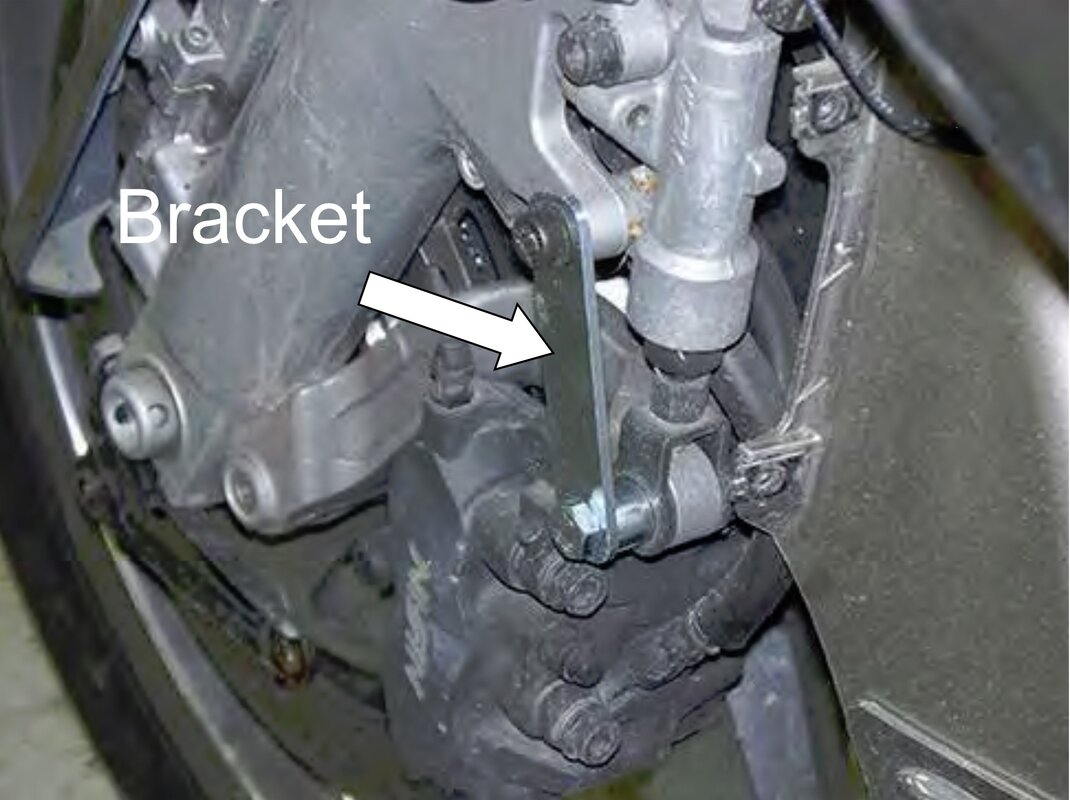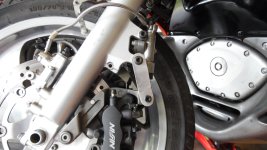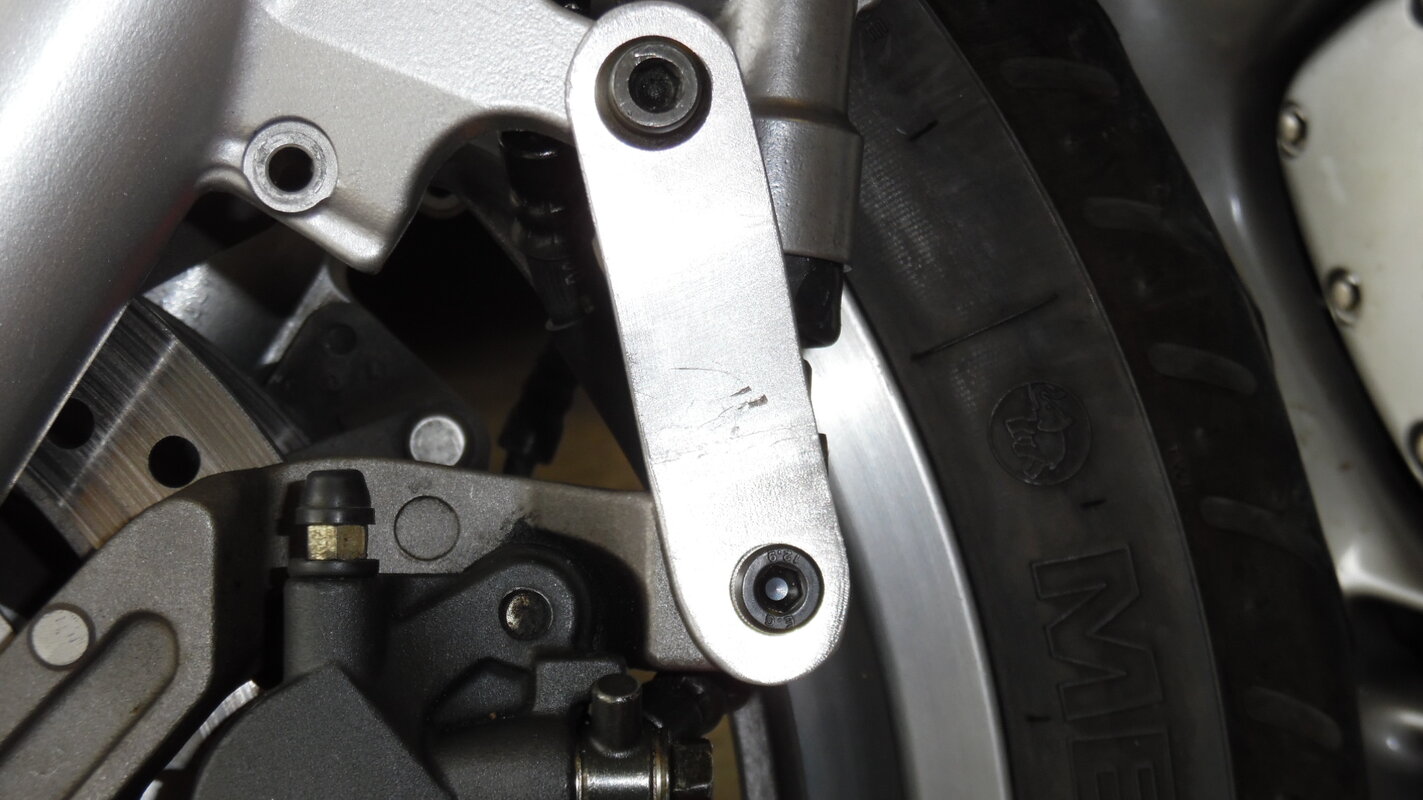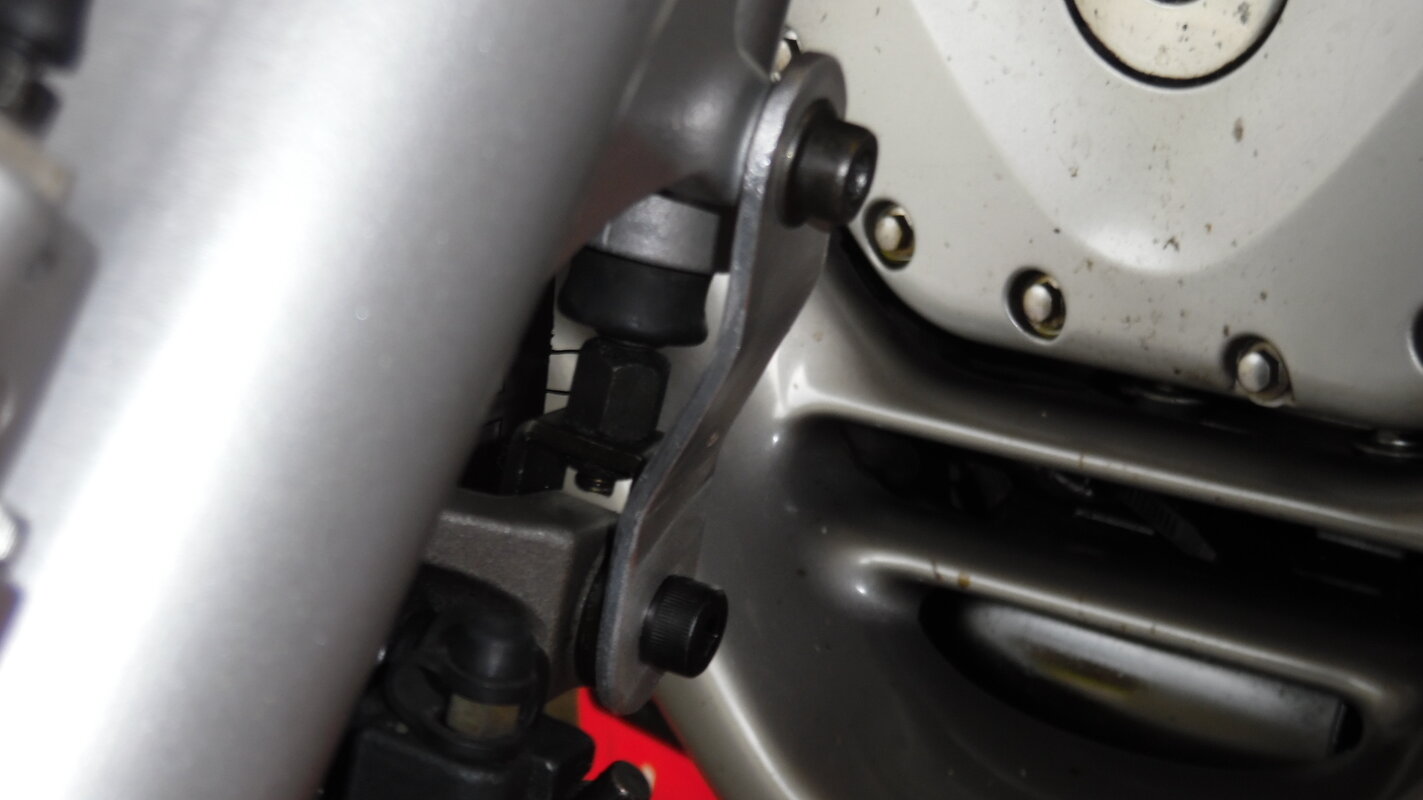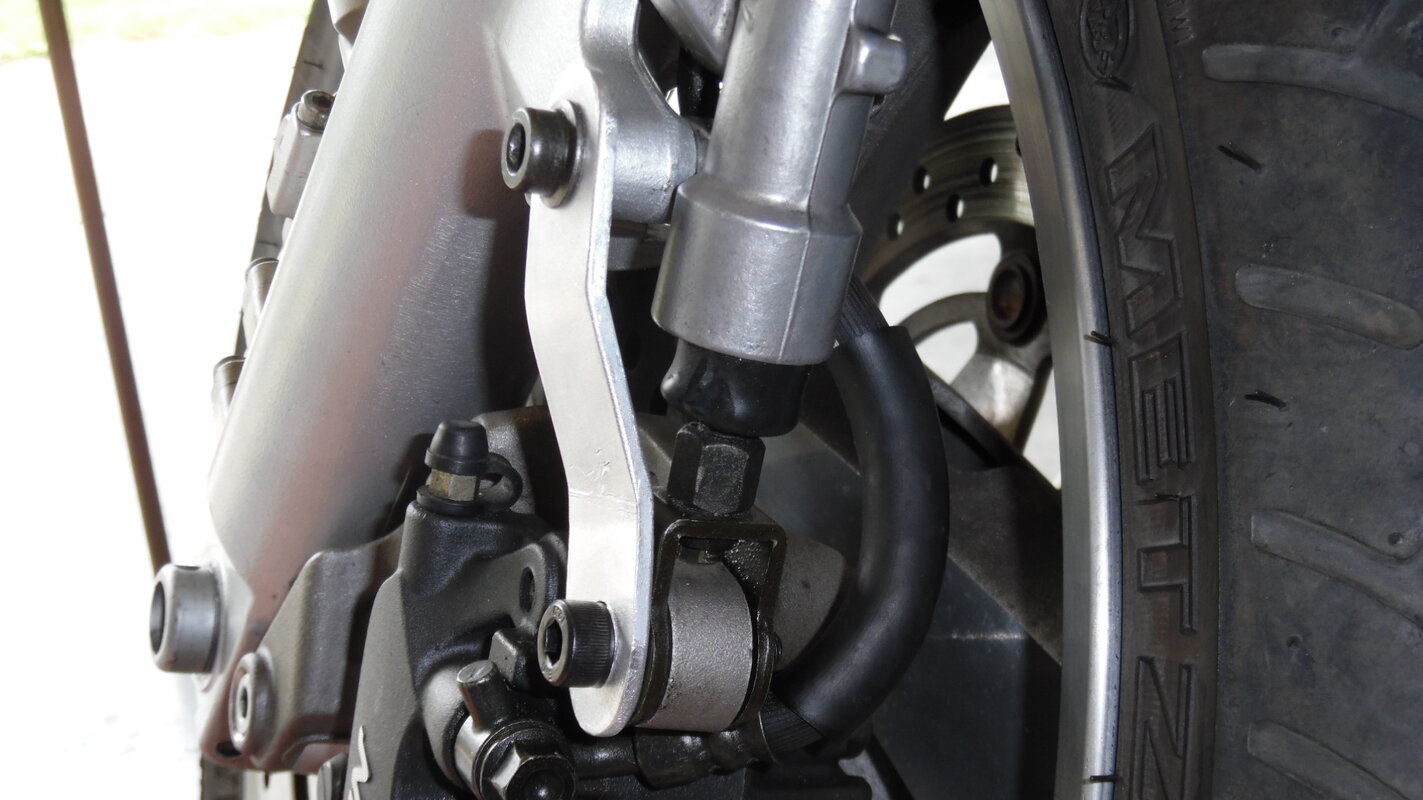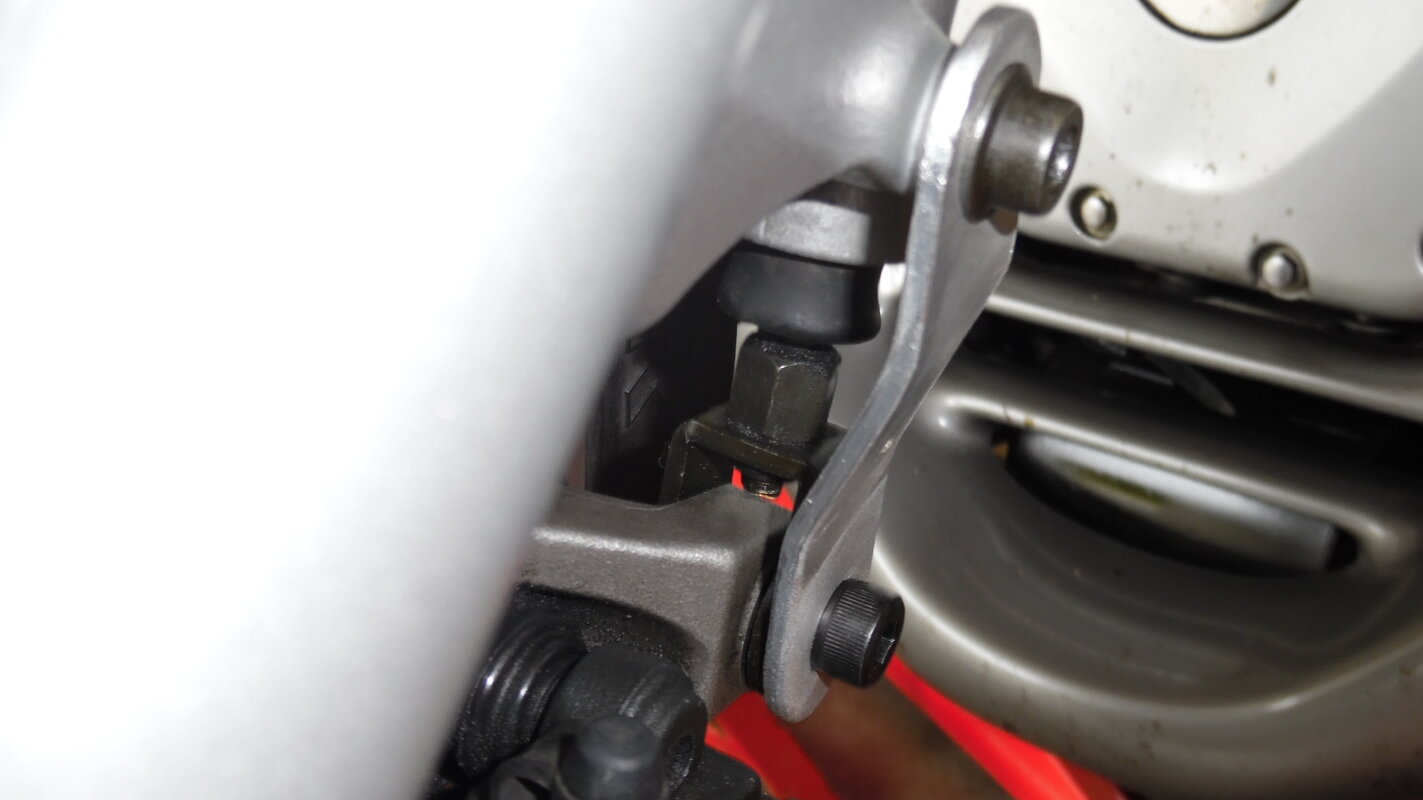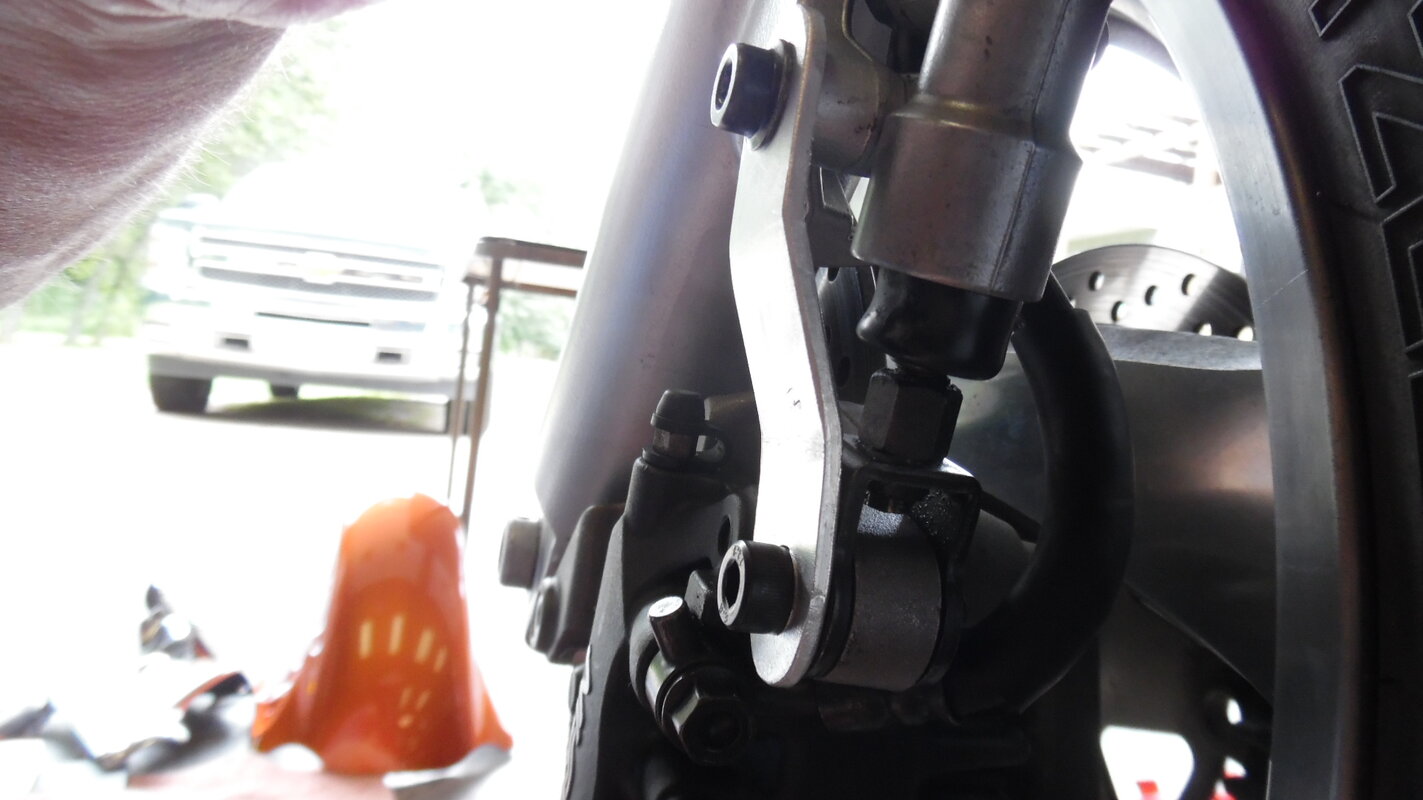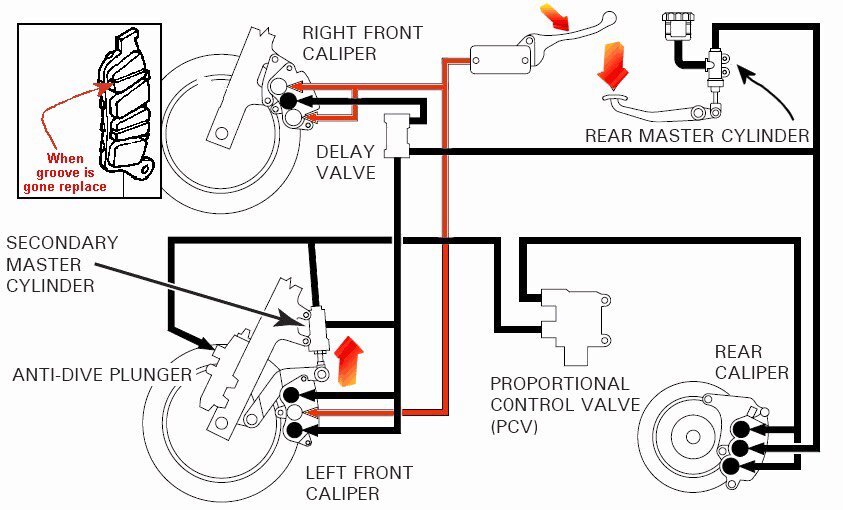RUMRUNR
100+ Posts
Great day for a ride here in Kansas, I did about 300 miles.
Bad thing is when I get home there is fork oil up by the bars, on the left fork and running off the left front caliper. I had the fork seals replaced by a Honda dealer about 900 miles ago when I did the rake kit. What is up, did they botch the job?
Does it have anything to do with the anti-dive on the left fork?
Thanks in advance to any help.
Bad thing is when I get home there is fork oil up by the bars, on the left fork and running off the left front caliper. I had the fork seals replaced by a Honda dealer about 900 miles ago when I did the rake kit. What is up, did they botch the job?
Does it have anything to do with the anti-dive on the left fork?
Thanks in advance to any help.

